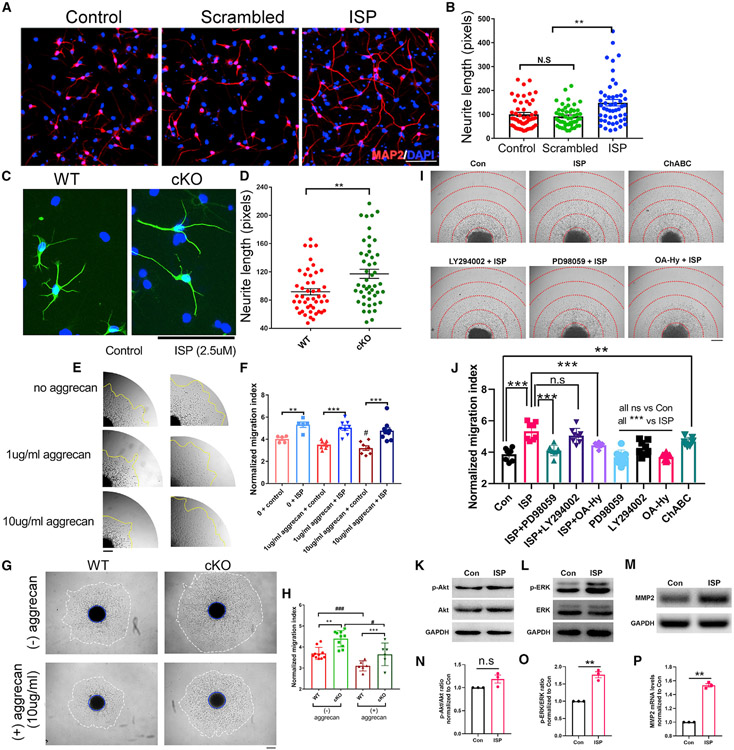Figure 2. Inhibition of CSPG-PTPσ signaling leads to increased neurite outgrowth and migration of SVZ NSCs.
(A and B) Inhibition of PTPσ by ISP shows increased neurite outgrowth compared to controls.
(C and D) Primary Ptprs cKO adult NSCs (AAV-Cre infected Ptprs floxed NSCs) also show increased neurite outgrowth compared to WT. Total of more than 50 cells were quantified from 3 tissue culture wells. Representative data shown from at least 3 independent experiments.
(E and F) Increased CSPG concentrations lead to decreased migration of adult NSCs grown as neurospheres, and ISP leads to increased migration from SVZ neurospheres.
(G and H) PTPσ deletion in adult NSCs also results in enhanced migration under both basal conditions and with additional CSPG coating (aggrecan 1 or 10 μg/mL). #, p < 0.05 or ###, p < 0.001 compared to no aggrecan; **p < 0.01 and ***p < 0.001 compared to control peptide or WT.
(I and J) ISP enhances NSCs migration via disinhibition of the ERK pathway and upregulation of MMP2 activity. **p < 0.01 and ***p < 0.001.
(K–P) ISP treatment of NSCs led to increased p-ERK levels, while it had no effect on pAkt levels. ISP increases Mmp2 mRNA levels. **p < 0.01. For neurosphere migration assays, each data point represents 1 neurosphere, and data were pooled from 2–3 independent experiments. ANOVA for multiple group analysis and Student’s t test for 2 group analyses.

